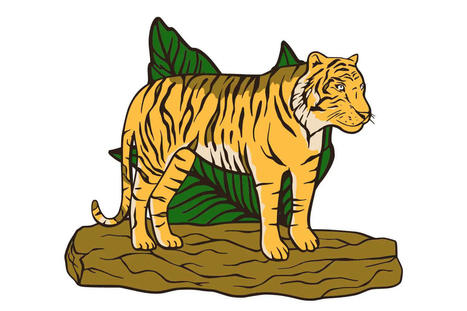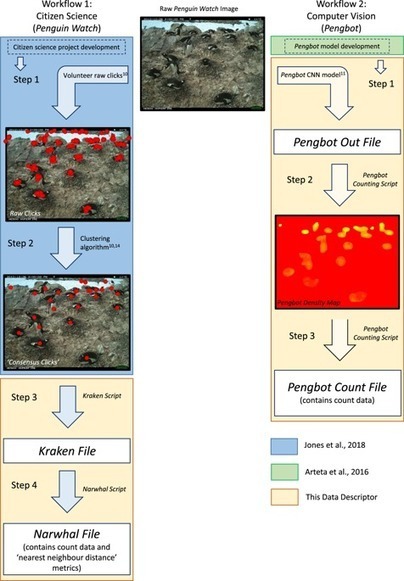Des approches modernes du suivi et de la surveillance des animaux sont possibles grâce au développement de technologies qui génèrent de vastes ensembles de données à haute résolution. Ces technologies, ainsi que les progrès des méthodes analytiques, permettent aux biologistes de suivre les mouvements des mammifères, des oiseaux et des poissons en liberté à des échelles sans précédent.
Research and publish the best content.
Get Started for FREE
Sign up with Facebook Sign up with X
I don't have a Facebook or a X account
Already have an account: Login
Revue de presse et du net par le Pôle de partage des connaissances S&T de l'Office français de la biodiversité
Curated by
DocBiodiv
 Your new post is loading... Your new post is loading...
 Your new post is loading... Your new post is loading...
|
|
















Voir sur le site du Centre Minerva pour l’écologie du mouvement où le " système de GPS inversé, appelé ATLAS, a été développé notamment par le professeur Sivan Toledo de l’Université de Tel Aviv et les équipes". Voir aussi le site du Journal Movement Ecology